 South Florida’s Greatest Dynasty?
South Florida’s Greatest Dynasty?
How the Panthers’ Back-to-Back Cups Compare to the Dolphins’ Perfection and the Heat’s Star Power
A dynasty — a team with sustained success, usually capped off by multiple championships. In South Florida, dynasties seem to prefer symmetry. The region now joins Boston (Bruins, Patriots, Red Sox) and Chicago (Bulls, Cubs, Bears [pre-merger]) as one of just three U.S. cities where three different major sports franchises have gone back-to-back.
Winning one championship is hard enough — winning another, in a different year, in a different locker room, with different pressure? That’s something special. Since the Super Bowl era began, only 8 NFL teams have repeated as champions. In the NBA, 14 dynasties have done it. The NHL has seen 17 repeat champions, while in Major League Baseball, it hasn’t happened since the Yankees of 2000.
Now, in South Florida, we’ve seen it happen three times — in three different ways. The perfect Dolphins. The star-driven Heat. And now, the gritty and relentless Panthers.
So the question isn’t just whether the Panthers belong in the dynasty conversation — it’s whether they’ve already surpassed some of South Florida’s legends. And maybe, just maybe, whether they’re not done yet.
 The Gold Standard — 1972–73 Miami Dolphins
The Gold Standard — 1972–73 Miami Dolphins
The only perfect season in NFL history isn’t just a football milestone — it’s a cultural artifact. Don Shula’s Miami Dolphins didn’t just win — they ruled. Their dominance in the early ’70s, particularly over the course of the 1972 and 1973 seasons, still looms over pro football like a monument carved in granite.
In 1972, the Dolphins went 17–0 — sweeping through the regular season, playoffs, and Super Bowl VII with methodical, physical, mistake-free football. In 1973, they came back hungrier, going 15–2 and winning back-to-back Super Bowls. That made it three straight Super Bowl appearances, two rings, and an unblemished legacy.
Key names: Bob Griese, Larry Csonka, Paul Warfield, Mercury Morris, the “No-Name Defense” — and of course, Shula, the NFL’s all-time wins leader.
Legacy: These Dolphins didn’t just win. They embodied perfection. In an era without a salary cap, where dominant teams could keep their rosters intact, they stood out even among greats. No excuses, no losses.
Shula’s Dolphins were perfect. Almost nothing can top that. That’s why, even in 2025, they remain South Florida’s dynasty gold standard.
 The Big Three Heat — 2012–13 Miami Heat
The Big Three Heat — 2012–13 Miami Heat
Fast forward four decades and you find a completely different kind of dominance. Where the Dolphins imposed their will through structure and toughness, the Miami Heat of the early 2010s took over through star power, speed, and cultural gravity.
The Big Three of LeBron James, Dwyane Wade, and Chris Bosh changed the way teams were built. They weren’t just playing for Miami — they made Miami the center of the basketball universe. With Erik Spoelstra at the helm, the Heat reached four straight NBA Finals and brought home back-to-back championships in 2012 and 2013.
In 2012, they beat a young Oklahoma City Thunder team led by Kevin Durant, Russell Westbrook, and James Harden. In 2013, they survived one of the most legendary series in NBA history — a seven-game battle with the San Antonio Spurs, punctuated by Ray Allen’s miracle three-pointer in Game 6.
Style: Star-driven, fast-paced, emotionally charged.
Legacy: Culturally, no South Florida team had a bigger spotlight. The Heat were villains, then heroes. They were expected to win — and they did. But they also lost two of those four Finals, which dims the dynasty shine slightly.
While the Dolphins were dominant and disciplined, the Heat were brilliant and burning hot — a flash of electricity that changed the game.
 The Newest Dynasty — 2024–25 Florida Panthers
The Newest Dynasty — 2024–25 Florida Panthers
And now, the Panthers.
If the Dolphins were perfect and the Heat were powerful, the Panthers are persistent. They’re the least flashy of the bunch — but maybe the most resilient. And unlike the Heat or Dolphins, the Panthers have done this in the modern era of maximum parity — where repeating is nearly impossible, and where no team can buy a dynasty.
In 2024, the Panthers went up 3–0 in the Stanley Cup Final against the Oilers — then nearly collapsed, dropping three straight before winning Game 7 at home. In 2025, they faced the Oilers again — and this time won in six. Three of those games went to overtime. The Panther’s led for the majority of the series and in a way it was a “six game sweep.”
These last two years have been survival. And survival is a kind of dynasty all its own.
Core stars: Aleksander Barkov, Matthew Tkachuk, Sam Reinhart, Sergei Bobrovsky, Sam Bennett, Aaron Ekblad, and a key veteran addition in Brad Marchand.
Coach: Paul Maurice, a quiet master of emotional balance and system discipline.
Panthers coach Paul Maurice “… this is the best team I have ever coached.”
GM: Bill Zito, now firmly in the conversation as one of the best general managers in all of sports. His blend of analytics, scouting, and locker room intuition has built a team that’s deep, structured, and ruthless.
Notable moves made by Florida Panthers GM Bill Zito to build this dynasty: – Claimed Forsling off waivers – Traded for Tkachuk – Traded for Reinhart – Traded for Bennett – Traded for Montour – Traded for vets at deadline (Marchand, Tarasenko) – Traded for Seth Jones
Why they’re different:
-
Thriving in a salary cap era
-
Most of their core is under contract through 2026–28
-
Bobrovsky is coming off his best season yet
-
Zito keeps winning trades, extending the window
This team isn’t a Cinderella — they’re a juggernaut in work boots. And they’re not done yet.
 Coaching the Greats
Coaching the Greats
All three dynasties had a legendary leader:
| Coach |
Team |
Legacy |
| Don Shula |
Dolphins |
NFL wins king. The architect of perfection. |
| Erik Spoelstra |
Heat |
NBA’s top tactical mind. Still evolving. |
| Paul Maurice |
Panthers |
Finally crowned. Quietly brilliant. |
 Ranking the Dynasties — For Now
Ranking the Dynasties — For Now
| Rank |
Team |
Titles |
Context |
Legacy |
 1 1 |
Dolphins (1972–73) |
2 |
No cap, perfect run |
Only perfect season in NFL history |
 2 2 |
Panthers (2024–25) |
2 |
Cap era, repeat grind |
Built-to-last in parity-heavy NHL |
 3 3 |
Heat (2012–13) |
2 |
Superteam peak |
Cultural icons, 2–2 Finals record |
 Final Thought: This Dynasty Isn’t Done
Final Thought: This Dynasty Isn’t Done
The Dolphins will always be first until someone adds a third title. But the Panthers? They’re not just challenging for first — they’re building a case for something bigger. A modern dynasty that wins with culture, not stardom. With depth, not hype. With persistence, not perfection.
If they go back-to-back-to-back?
We’ll have a new conversation.
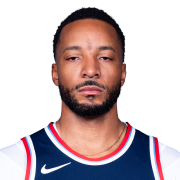
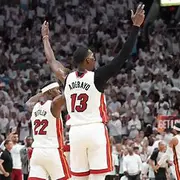
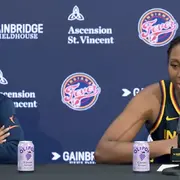
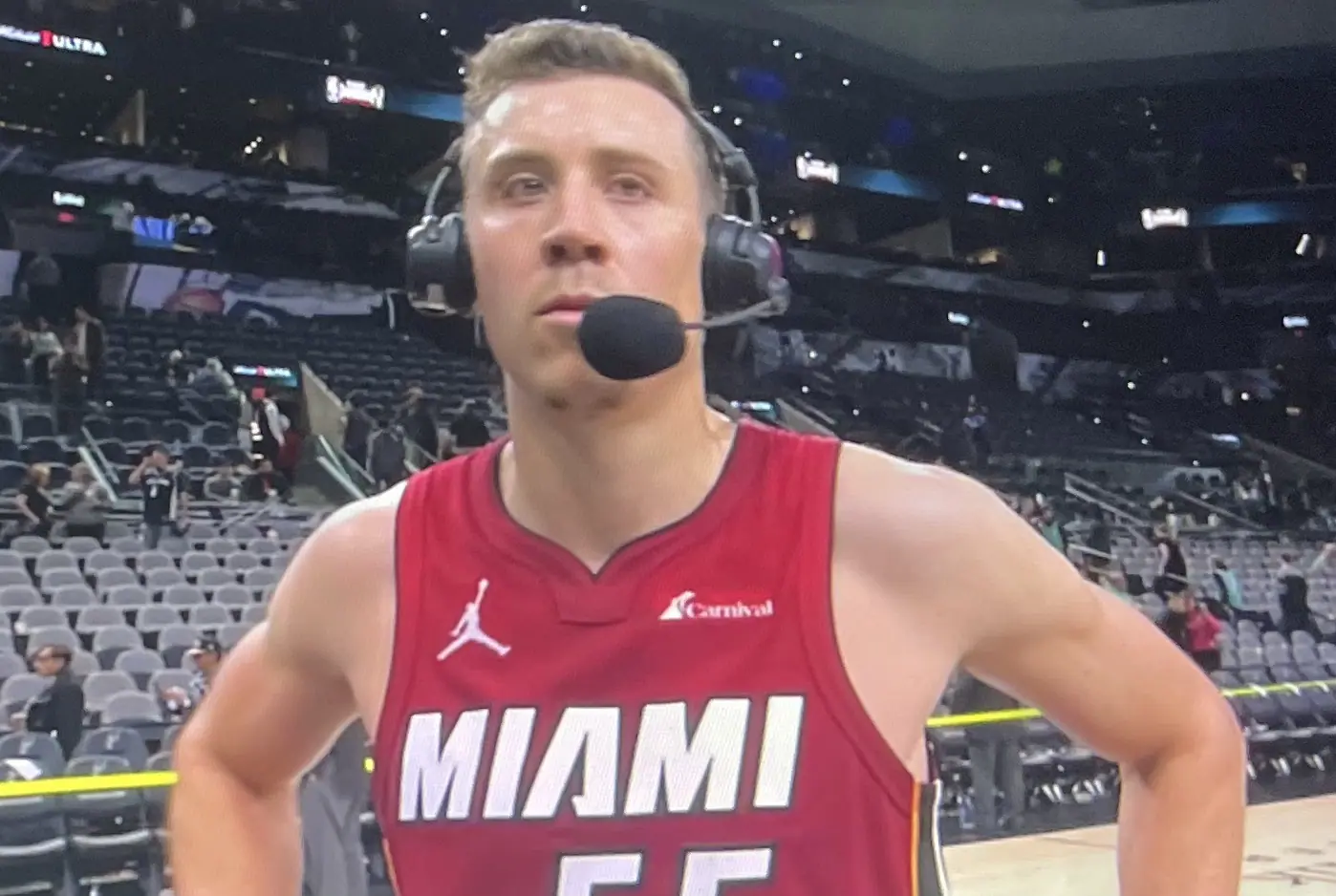
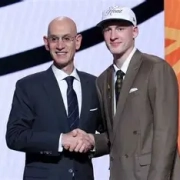
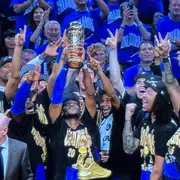
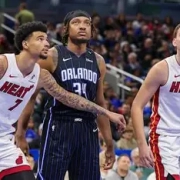
 Breaking Down the Pod: Episode 7
Breaking Down the Pod: Episode 7
 Sponsors:
Sponsors: Join the Heat Community:
Join the Heat Community: 5OTF Special Offers:
5OTF Special Offers: Dolphins Fan?
Dolphins Fan?
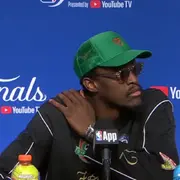
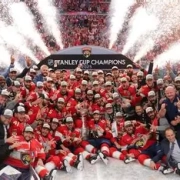
 South Florida’s Greatest Dynasty?
South Florida’s Greatest Dynasty? The Big Three Heat — 2012–13 Miami Heat
The Big Three Heat — 2012–13 Miami Heat The Newest Dynasty — 2024–25 Florida Panthers
The Newest Dynasty — 2024–25 Florida Panthers Coaching the Greats
Coaching the Greats Ranking the Dynasties — For Now
Ranking the Dynasties — For Now 1
1 2
2 3
3 Final Thought: This Dynasty Isn’t Done
Final Thought: This Dynasty Isn’t Done